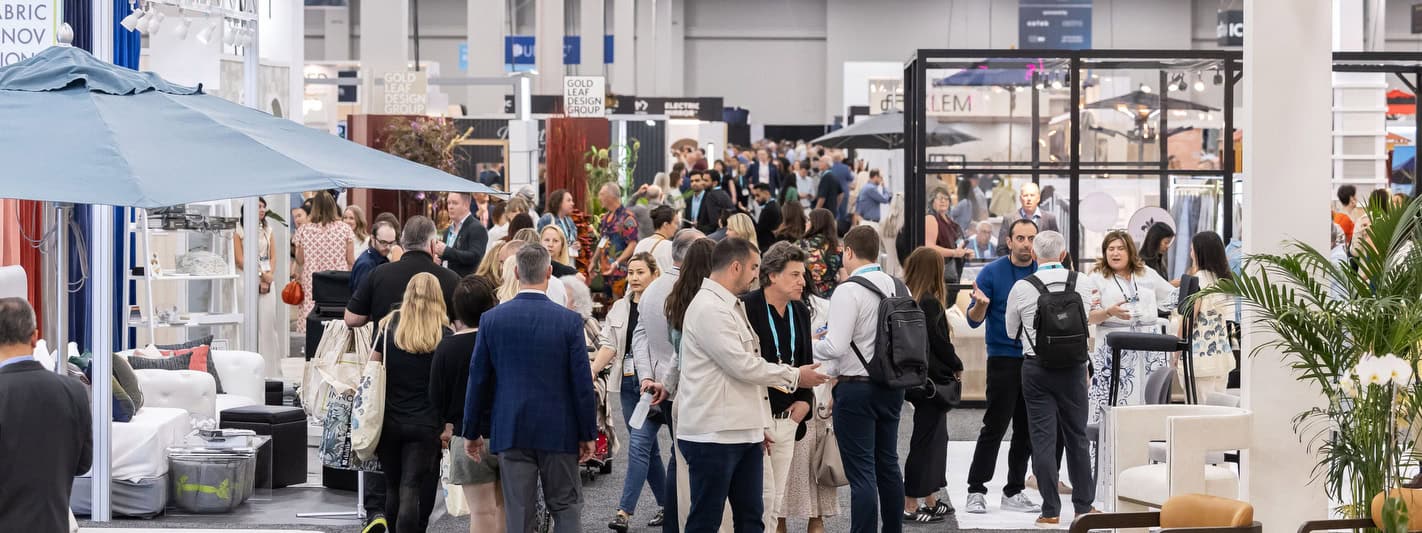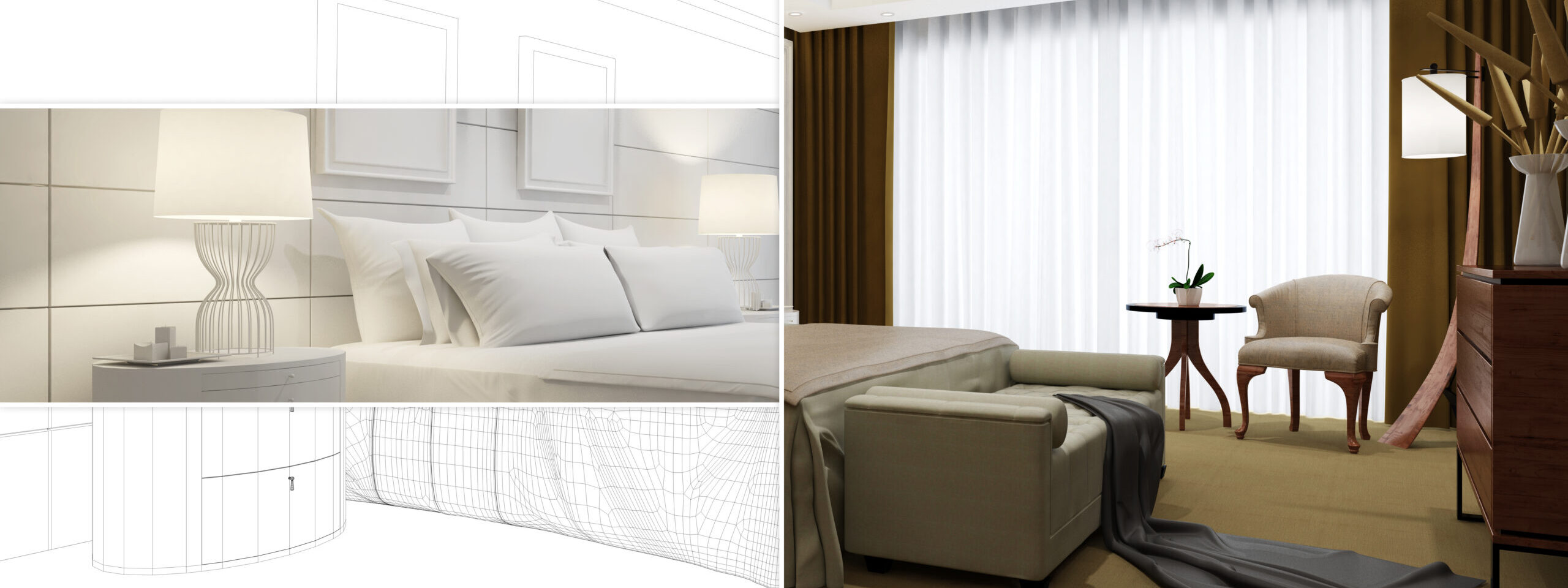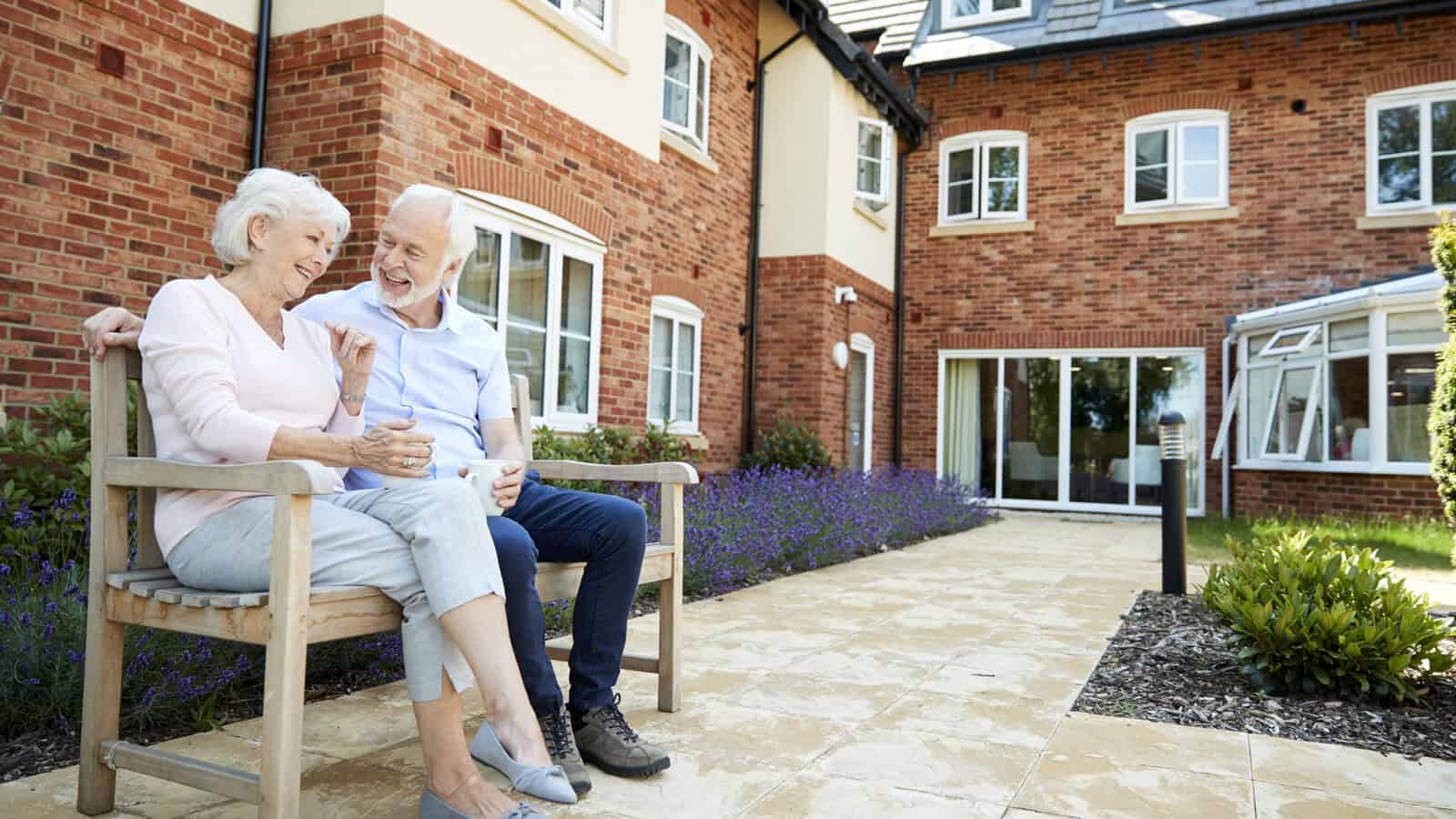
The trend in Senior Living care is changing. As a new generation is entering retirement age, they bring with them a new set of needs, living styles, and preferences. Research and outside-the-box thinking has led to many more options for aging adults than the traditional senior home care model. In a previous article, we shared how Ageless Living Collaborative is leading the way in providing resources and knowledge for the future of senior care. Let’s explore some of the new trends in senior living care happening in this industry in terms of the types of living and the design trends.
Changing the Thinking Behind Senior Care
The typologies of caring for an aging adult have changed and developed quite a lot in the past decade. There are more options that cater to the direct needs and wellbeing of the person, allowing the individual to choose the right model that best fits their needs.
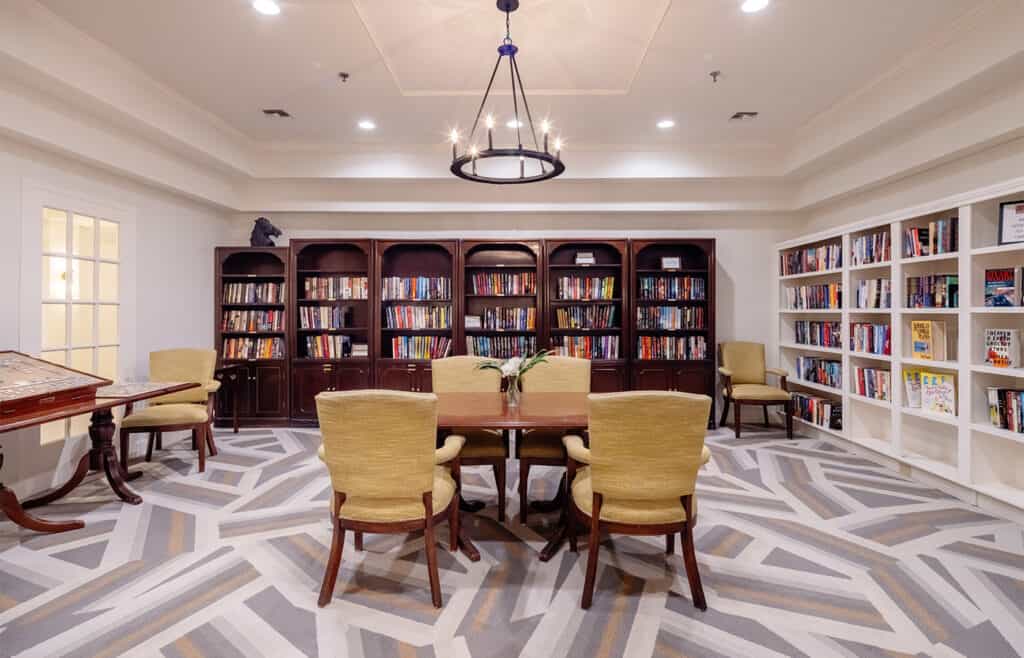
While the first thought for some when it comes to senior care is an assisted living facility or nursing home, only about 6.5% of seniors are actually in those types of care. The vast majority are in single family homes, living independently in a community, or with family members. The idea of staying in your own home, where you’re familiar and comfortable, is a preferred option for the majority of those over the age of 60.
The staffing shortages and growing demand of ageing seniors has caused the industry to rethink how we approach senior living.
Senior Cohousing and Co-Care
A rising trend discussed during the Environments for the Ageing conference back in April is the concept of Senior Cohousing. Dr. Jane Nichols, Director of High Point Design Institute, shared the Cohousing to Co-Care Community archetype. The idea of cohousing is to foster connection while allowing a sense of independence, with a higher access to medical care if needed. Typically that involves a shared common space such as a common house, laundry, eating, and recreational facilities.
This has also created the typology term CCRC, or Continuing Care Retirement Community. This form of transitional care is a way for seniors to age in place for a longer period of time, with facilities and a community built with their needs in mind. The biggest advantages and focuses of this type of living include accessibility, safety, and social connection.
Intergenerational Living
Similarly to Senior Cohousing, Intergenerational Living is also growing. This has a similar concept in that it’s built and created from the ground up very intentionally for meeting specific needs of the people. In the newly launched ALC Chats with Ageless Living Collaborative, Phoebe Stein interviewed guest Jane Rohde, the Principal at JSR Associates about Intergenerational Living. Jane shared the common threads in services and support between different age groups, and how often there is an overlap. “College students university students often have the same needs as older adults and aging adults in terms of community, connection, and services.”
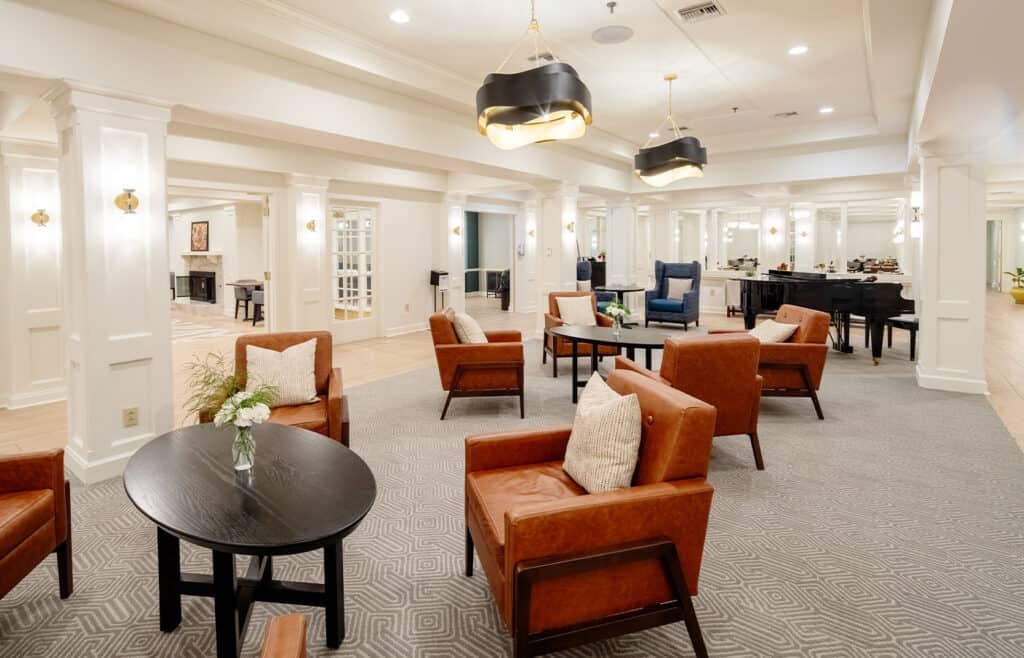
This isn’t just a colocation or living in a shared environment. To truly help these age groups, there has to be a little programming worked in to really pull them together. If there is a need for transportation or extra medical access, that has to be taking into consideration. Think of it like a university campus, where the younger generation has a different building they live in that is catered more towards them. They are able to stay up at later hours without disturbing others. The design and needs are a little different. There would be an area for seniors similarly created for them. An area of single-story townhomes, or a larger building with lots of elevator access.
The main thing that’s needed is a shared sense of community. “Have some type of dining venue where the majority of the community is together at least once a month, access to recreation, couple that with technology (often meaning reverse mentoring), those three together usually provides a successful intergenerational program.”
Design Trends
What we’ve been seeing in multi-family housing and hospitality design is very similar to what senior living communities are adopting as well. In terms of visual design, something that evokes a sense of home and warmth. Using a lot of natural light and open spaces rather than closed off hallways. Neutral tones but with complex textures in the materials, with patterns and bright artwork to keep things exciting and cheerful.
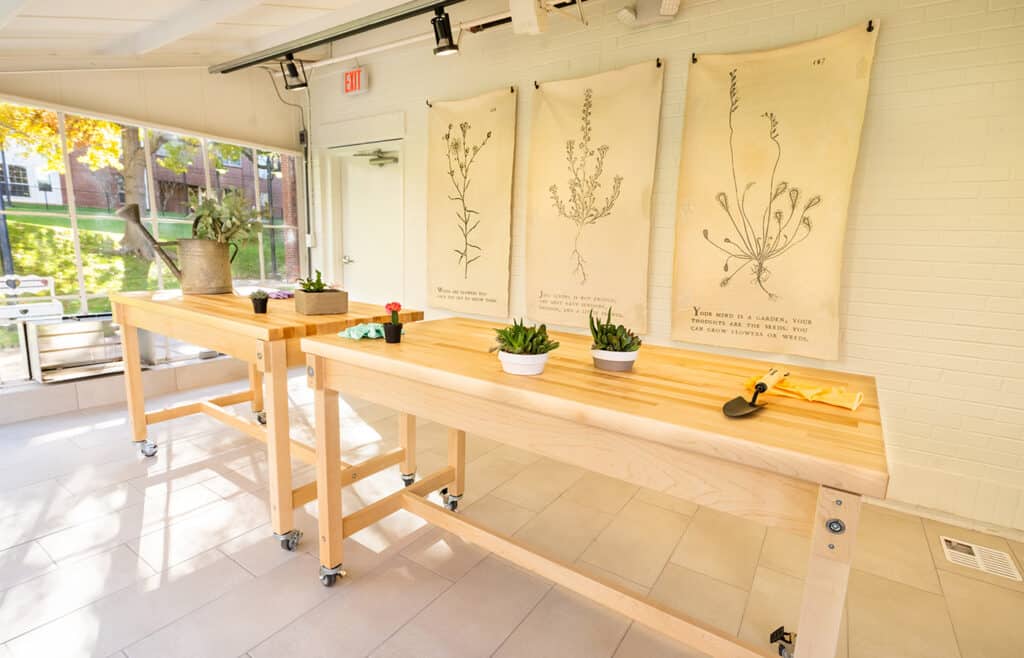
Centralized amenities and services provide equal and easy access for all. Whether that’s in one building, in the center of the community complex area, or close-by in an urban environment model. We are seeing a lot of luxury apartment-style housing, but catered specifically for those 55 and over, to have a sense of shared community and interests.
Shared amenities and spaces in a walkable distance, providing a small town feel. Many new communities are being built with several kinds of living areas as an option, including cottages, duplexes, townhomes, and apartments. Each has a different style, set of needs, and fits the preferences of the individual, but all within walking distance of the community.
“As we start to think holistically about ageing in society, the impact goes far beyond the building scale. It’s time to design residential developments that fit into wider communities and embrace change.”
Beyond Senior Living: Designing Communities for Inclusion
Gensler Research Institute, 2024


